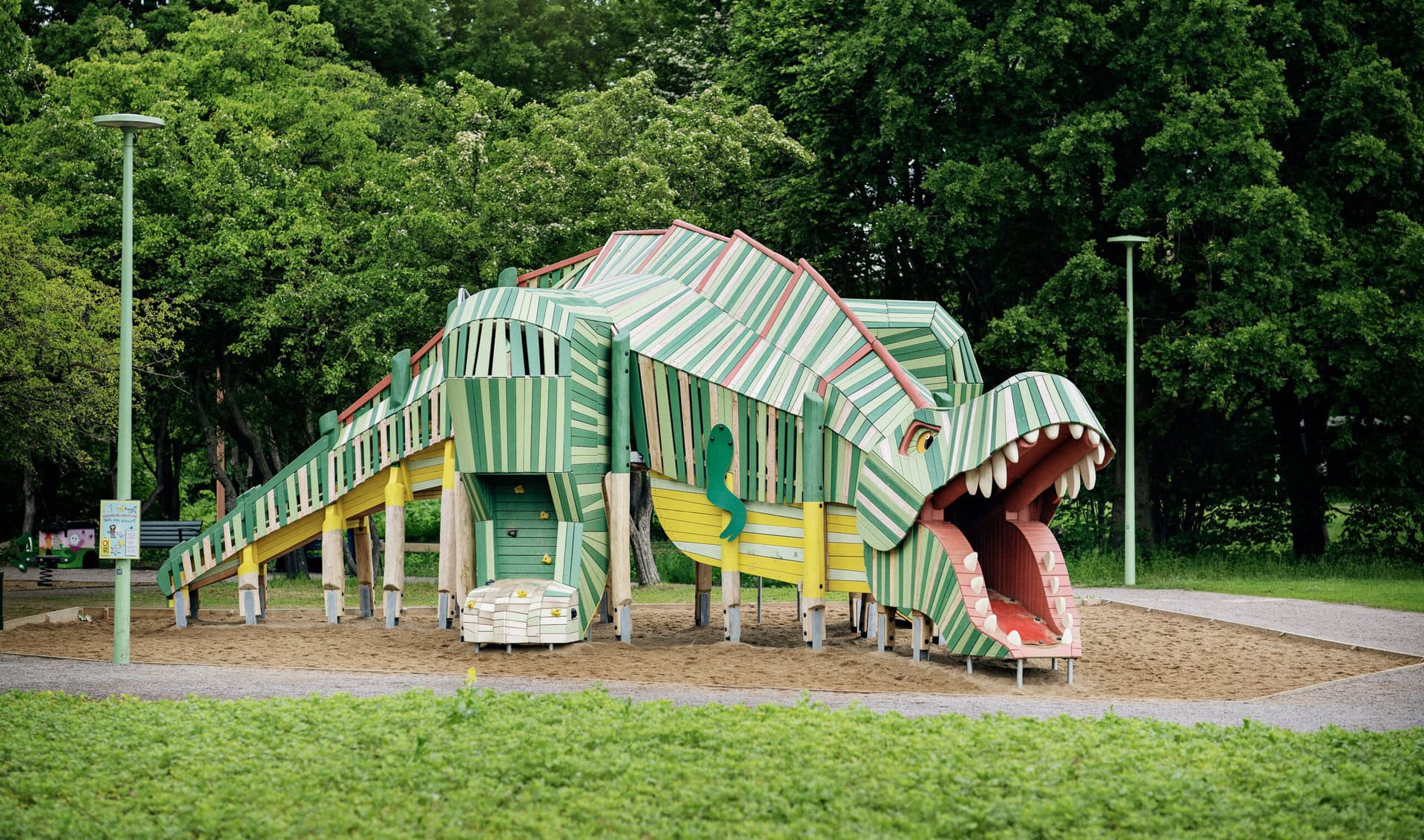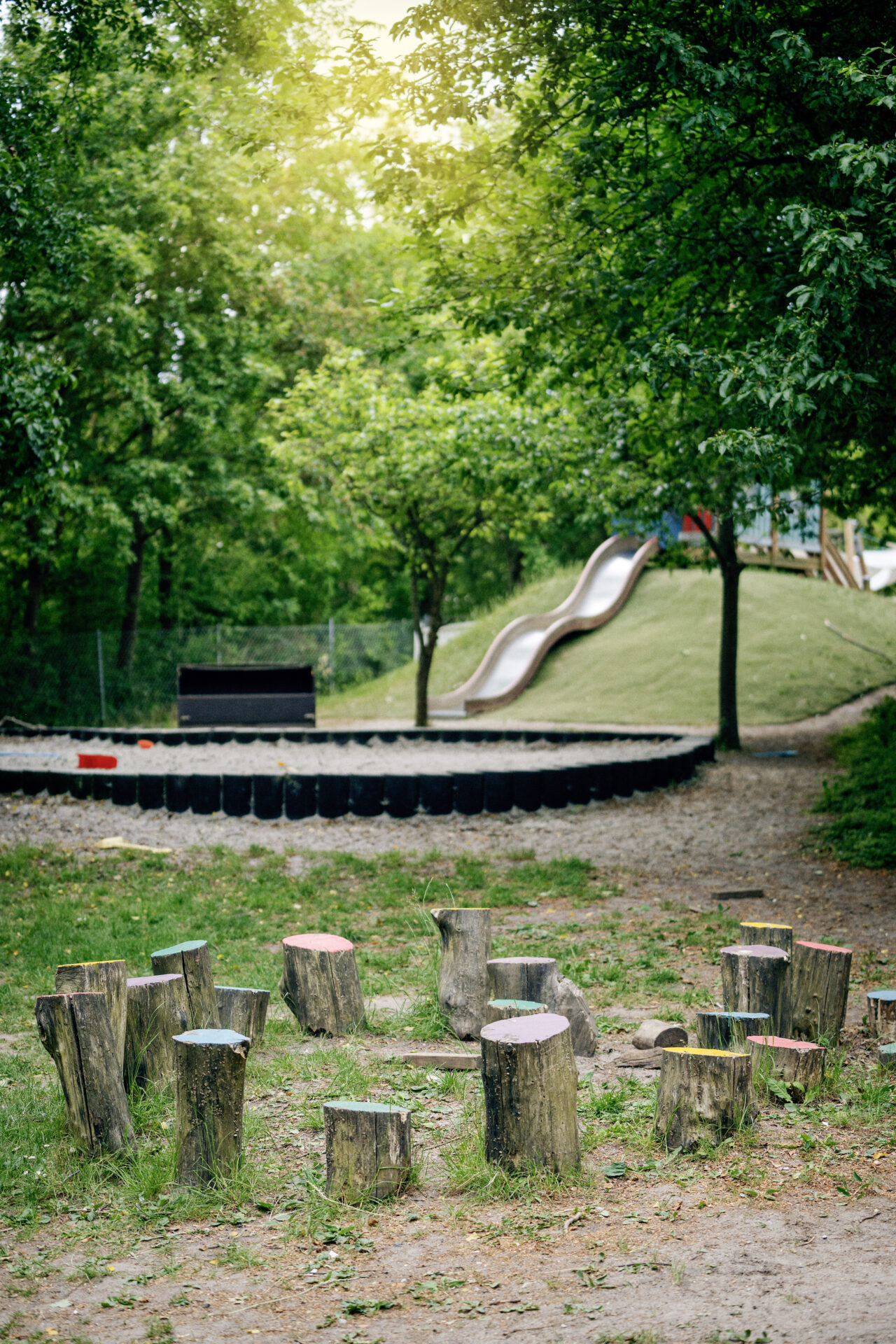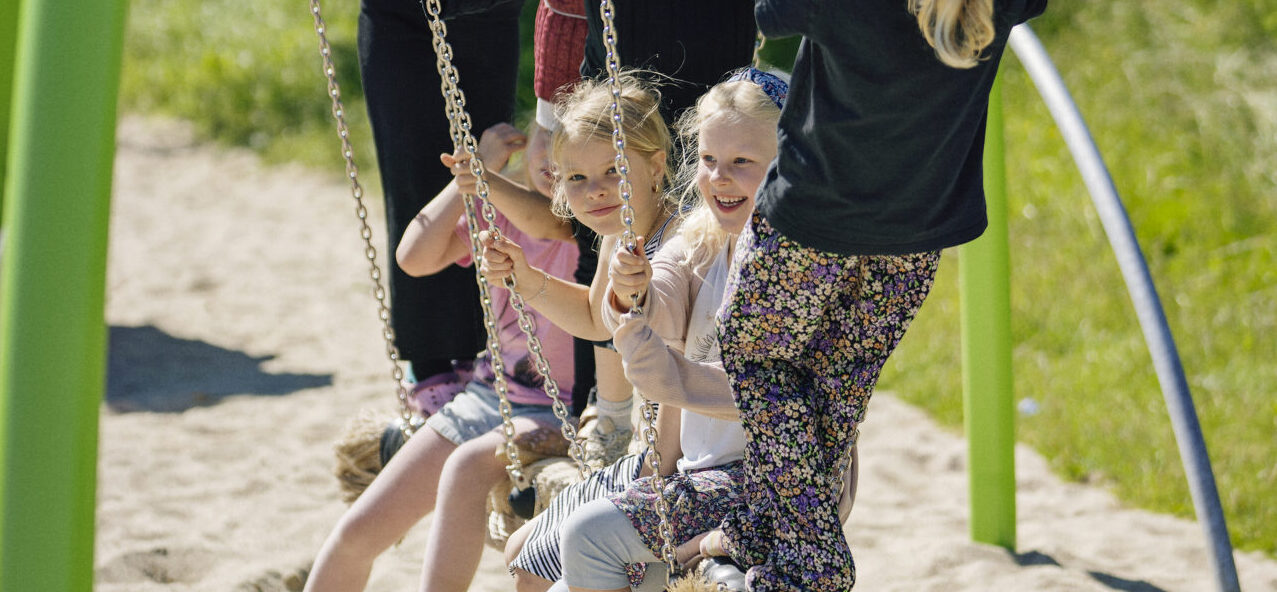
What is the future of playground design?
Introduction and aim
Explore the future of playground design in this brief, unveiling key insights from a 2023 article that compares traditional playgrounds with innovative designs*. The focus is on understanding how the design of a playground may influence usage and promote physical activity.
Globally, inactivity poses a significant health risk making it crucial to research how playground design can encourage physical activity for improved overall health and well-being. Additionally, the highlighted study investigates the role of neighborhood contextual factors.
The authors selected 30 traditional and 30 innovative playgrounds across ten U.S. cities. Utilizing the System for Observing Play and Recreation in Communities, they recorded user numbers and characteristics through 19 hourly observations per playground over a one-week period during the summer of 2021.
This brief is especially relevant for playground planners, designers, architects, as well as researchers and professionals involved in planning and designing playgrounds.
*Innovative playgrounds feature varied surfaces, natural play areas, open-ended structures, and movable equipment, and go beyond traditional post-and-platform structures.
Neighborhood contextual factors
In high-poverty neighborhoods, playground usage was generally lower compared to low-poverty neighborhoods. However, innovatively designed playgrounds reduced this difference by 60% compared to traditional playgrounds.
Innovative playgrounds reduce the gap in playground usage associated with neighborhood poverty by 60% for overall visitors and 70% for the total amount of moderate-to-vigorous physical activity generated.
Playground size
For every 1,000 additional square feet of playground area, visitors increased by 1%. Given the average innovative playground is approximately 23,000 square feet larger than the typical traditional playground, size accounted for a 23% increase in both visitors and moderate-to-vigorous physical activity.
Key messages
The authors discovered that innovative playgrounds attracted 2.5 times more users and were a strong predictor accounting for 43% more MVPA.
Neighborhood and playground size can also play a significant role.
Key take home message

1. Optimizing playground proximity
City planners should prioritize ensuring that playgrounds are available within a half-mile radius of all residents. This strategic placement enhances community access and promotes physical activity.
2. Enhancing variety in playground design
Future renovations for all types of playgrounds should consider incorporating more unique features. A variety of diverse features offers opportunities for several activities, such as climbing, spinning, crawling, balancing, and jumping. This diversity also allows for the engagement of different muscle groups and heightens the overall appeal.
3. Recognizing the value of larger playgrounds
From a public health perspective, city officials and park planners should take note of the substantial return on investment for larger playgrounds. The positive impact on visitor numbers and physical activity levels underscores the importance of allocating space for expansive play areas.
4. Strategic location for multi-attraction visits
Location matters not just for convenience but also because being close to other nearby attractions, like a beach, wharf, or downtown area, could allow family members with diverse preferences to combine visits in a single trip.
Downloads
Please click on the download link below to obtain a copy of each file
Main Editors

Similar Briefs
Projects
Explore our institute’s active engagement in developing playgrounds’ future through innovative research and current projects.
Briefs
We are dedicated to sharing valuable insights from research studies and reviews through concise and accessible publications.
Articles
Explore our article database for a comprehensive array of global research and insights, offering diverse perspectives and knowledge.
News
Stay up-to-date and engaged through the latest news, project updates, events, and activities specific to playground research.


